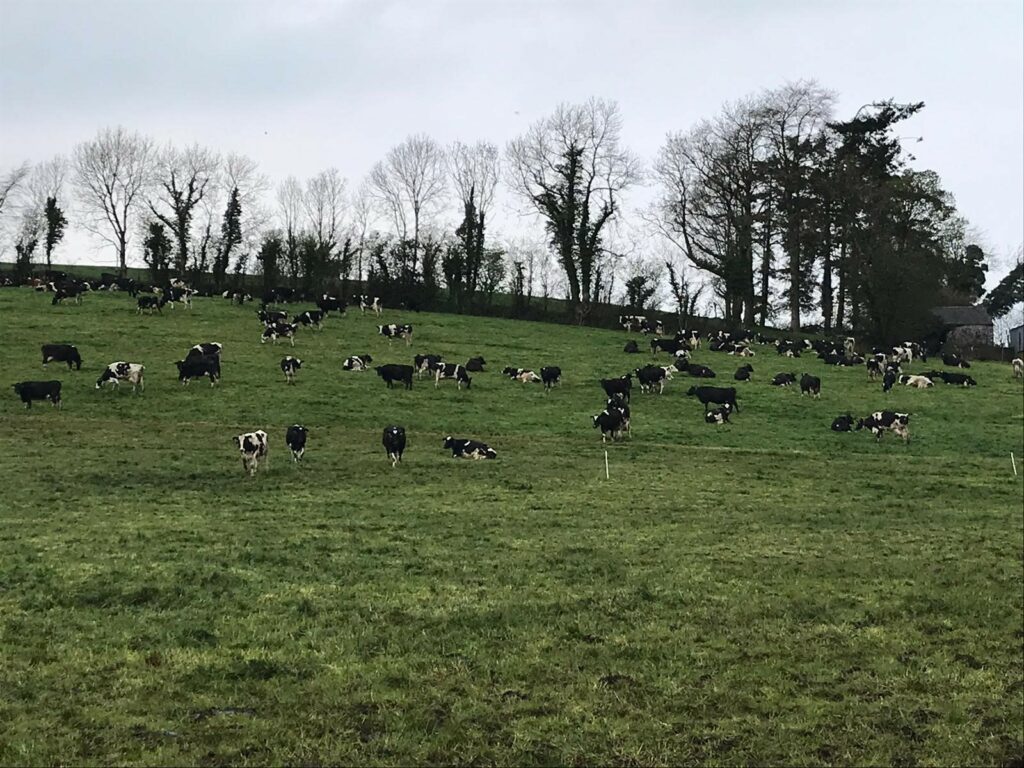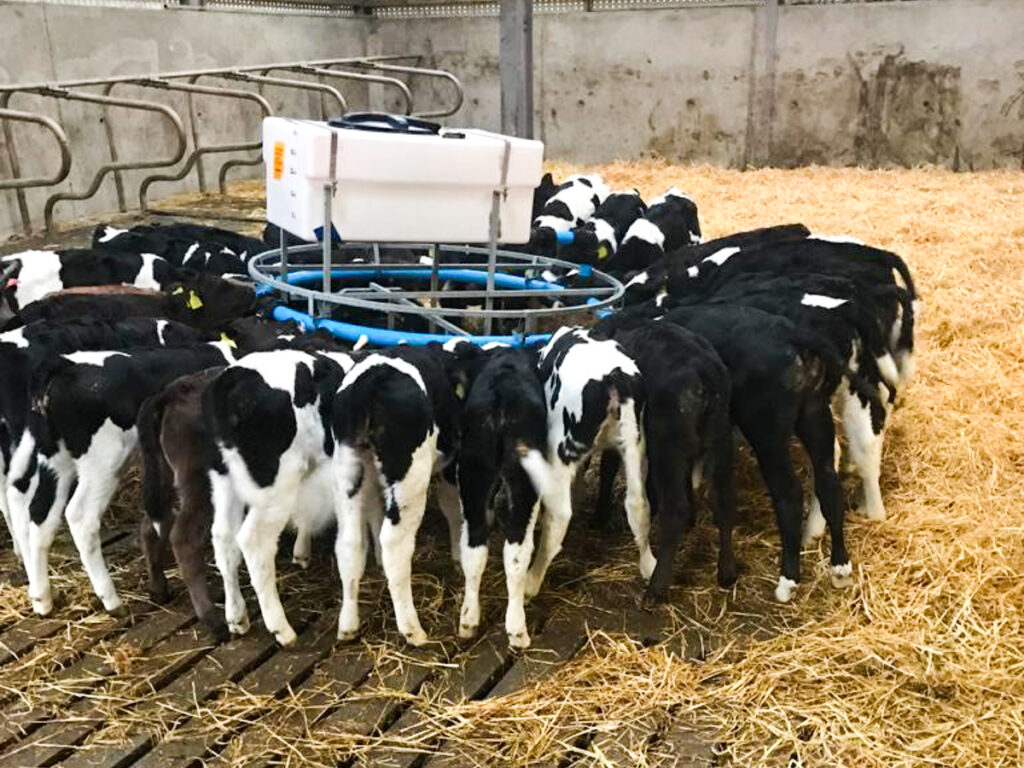John McCabe has been on a journey reducing his calving interval from six months to just 12 weeks.
John supplies the new Lakeland Dairies co-op having previously being a LacPatrick Dairies supplier based just outside of Monaghan town.
Speaking at a breeding seminar held this week by Progressive Genetics and Lakeland Dairies, McCabe outlined the move behind the tighter calving period.
“It’s just about culling the empty and non-performing cows,” he said.
We used to be calving cows for the best part of six months but, between taking out the empties and starting the breeding season later, it has been tightened up rightly.
John said the use of high-fertility sires and breeding technologies have enabled him to reduce his calving season. It has also allowed him to increase cow numbers from 70 to nearly 200 over the past number of years.
“The workload hasn’t been any greater really thanks to some hired labour,” John explained. “It’s about having your groups, having good people and being organised.”
Improvements in fertility have also yielded benefits for production with output per cow in 2018 of 496kg milk solids.
This has been driven by longer lactations with cows calving earlier in the year, and high milk solids; in 2018 average butterfat was 4.37% and protein was 3.49%.
This has resulted in John receiving a milk price in the top 5% of LacPatrick in 2018.
Thoughts turn to breeding
Thoughts have now moved to the breeding season. John has selected a team of eight bulls which he is happy with. He’s using bulls including FR4337, FR2460, FR2298, FR4510 and on heifers John is using FR4481 and FR4338.
“We have been going down the high-EBI route for a long time now and there is a focus on fertility and production in the sire choice. It works well.”
John is an advocate of technology when it comes to breeding too.
Each cow has a collar which monitors activity and alerts him by text message when a cow is showing heat.
He also tail paints in the pre-breeding period to identify non-cyclic or problem cows. These cows are treated as required prior to the commencement of the breeding season.
Last year saw four-weeks of AI which started on May 5 followed by two months of a beef bull mopping up.
The replacements are only bred from AI, I don’t use a Friesian bull at all.
“The heifers are out on an out-farm, so I usually synchronise them and AI them after. I also let the beef bulls in to clean up what the AI doesn’t get,” he said.
‘He’s ticking all the boxes’
Deirdre Toal of Progressive Genetics said John is an example of setting breeding standards and exceeding them.
“You’re looking at farmers hitting a few points with regards to kilograms of milk solids, EBI and calving rate. John is doing 496kg of milk solids so pretty much at the 500kg target. His six-week calving interval is 75% so, again, he’s nearly at the 80% target.
His average EBI is €308 with a fertility sub-index of €146 and a production sub-index of €95. They’re ahead of the Teagasc figures.
“He’s also calving the heifers between 22 and 26 months, so he’s doing everything right and ticking all the boxes,” Toal said.



